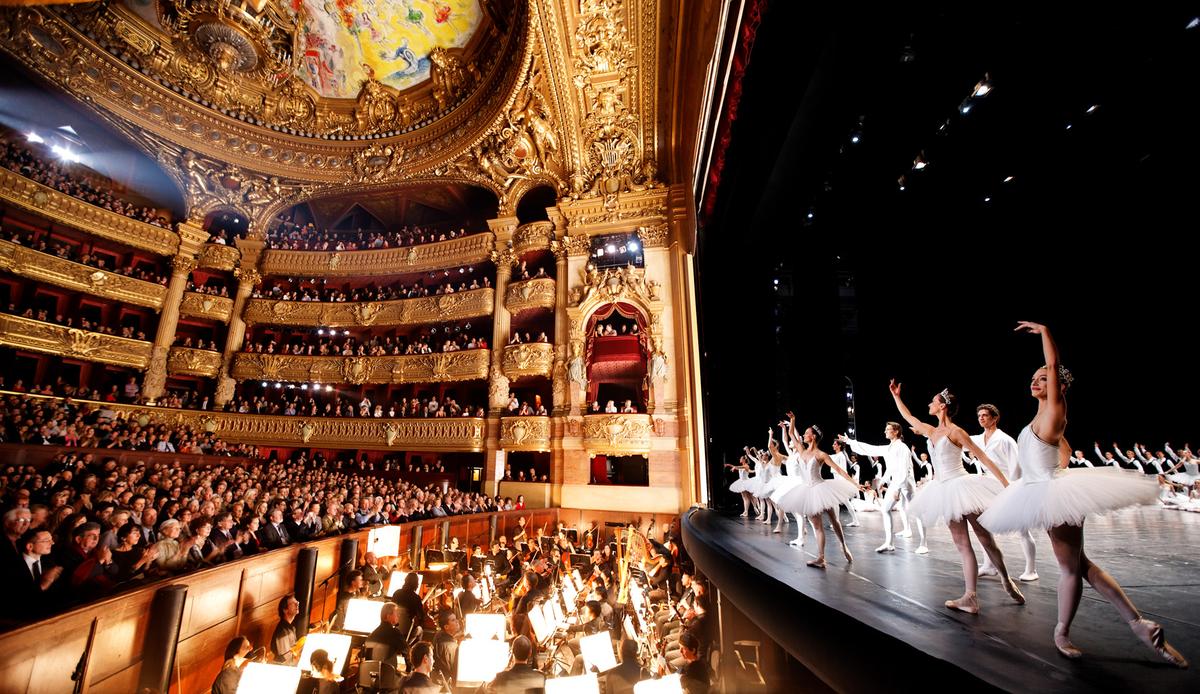

This opinion is far from unanimous however: the 20th-century French architect Le Corbusier once described it as "a lying art" and contended that the "Garnier movement is a décor of the grave". Another contributing factor is that among the buildings constructed in Paris during the Second Empire, besides being the most expensive, it has been described as the only one that is "unquestionably a masterpiece of the first rank." The Palais Garnier has been called "probably the most famous opera house in the world, a symbol of Paris like Notre Dame Cathedral, the Louvre, or the Sacré Coeur Basilica." This is at least partly due to its use as the setting for Gaston Leroux's 1910 novel The Phantom of the Opera and, especially, the novel's subsequent adaptations in films and the popular 1986 musical.

The theatre has been a monument historique of France since 1923. The company now uses the Palais Garnier mainly for ballet. It was the primary theatre of the Paris Opera and its associated Paris Opera Ballet until 1989, when a new opera house, the Opéra Bastille, opened at the Place de la Bastille. Initially referred to as le nouvel Opéra de Paris (the new Paris Opera), it soon became known as the Palais Garnier, "in acknowledgment of its extraordinary opulence" and the architect Charles Garnier's plans and designs, which are representative of the Napoleon III style.

It was built for the Paris Opera from 1861 to 1875 at the behest of Emperor Napoleon III. The Palais Garnier ( French: ( listen), Garnier Palace), also known as Opéra Garnier ( French: ( listen), Garnier Opera), is a 1,979-seat opera house at the Place de l'Opéra in the 9th arrondissement of Paris, France.


 0 kommentar(er)
0 kommentar(er)
